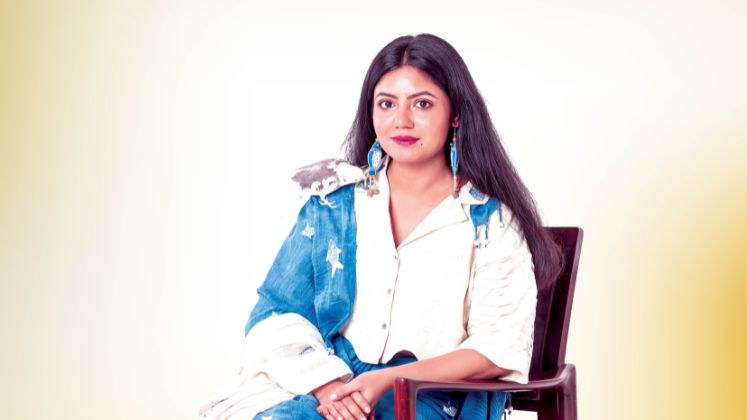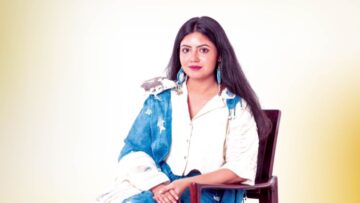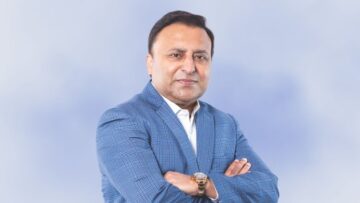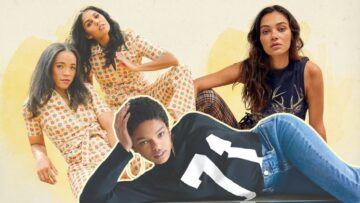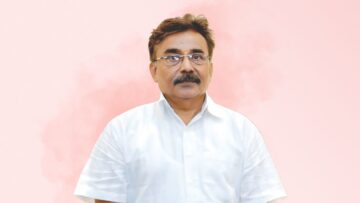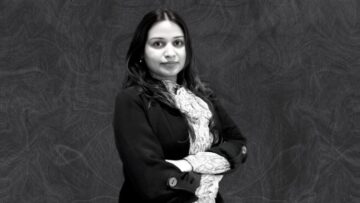For decades, Bangladesh has quietly powered the global fashion industry. We’re the world’s second-largest exporter of garments, powering brands like H&M, Zara, Calvin Klein, Tommy Hilfiger and hundreds more. But, we should not just be content with being a ‘global manufacturing powerhouse’, our aspiration should be for more. We must aspire to develop and promote our own local brands with global appeal.
We have all the ingredients. Take knitwear, for example. We’re amongst the biggest players globally, producing everything from comfortable basics to elevated loungewear. Our denim industry has embraced eco-friendly technologies and modern washing systems, allowing us to make jeans that are kind to both people and the planet. In modestwear, we have a strong understanding of breathable, cotton-based fabrics that are in demand from the Middle East to Southeast Asia. And in sustainable basics, many of our factories already use recycled yarns and meet global certification standards. These are exactly the kind of products the world is looking for and we’re well-positioned to deliver.
There’s also a new wave of designers, entrepreneurs and engineers emerging—people who are passionate about not only making clothes but also about telling stories through them. At the same time, consumers around the world are changing. They’re asking for more than just trends. They want fashion that feels personal, ethical and rooted in something real. We’re also seeing the rise of homegrown brands with international aesthetics and appeal. For example, Team Group, one of our leading manufacturers, launched Twelve, a fashion-forward label that blends modern styles with traditional fabrics. Then there’s Yellow, Beximco’s lifestyle brand, which began with apparel and has expanded into home textiles, accessories and even books. It’s a great example of how Bangladeshi brands can evolve into full lifestyle experiences.
I would also like to mention Sailor, launched by Epyllion Group in 2015. It offers stylish, affordable clothing for men, women and children and has earned recognition through its strong retail presence and growing online community.
And then there’s my own journey. As an independent designer, I started my label, Afsana Ferdousi, to bring together sustainability, traditional craft and personal storytelling. Every piece is designed and made in Bangladesh. My work has been showcased on international runways, which has been incredibly rewarding. But scaling a designer-led brand like mine is challenging. We need more support such as infrastructure, digital tools and access to global platforms to truly grow and compete.
Which Market Segment Should Bangladesh Target?
I believe Bangladeshi brands should focus on the upper-mass market to affordable luxury segments. These categories offer high scalability without the ultra-high investment required in luxury fashion.
More importantly, they align naturally with our existing strengths such as ethical manufacturing, sustainability and skilled craftsmanship. Today’s consumers are looking for fashion that is not only accessible and well-made but also tells a meaningful story. Within this space, sub-niches like modest fashion, sustainable basics and functional workwear stand out as promising opportunities. These areas are still underserved globally and Bangladesh is well-positioned to lead in them.
But a good brand also needs to tell a story. We can use our rich textile culture like traditional katha stitching, jamdani patterns or even Bengali script and combine it with modern designs to create something new and meaningful. Think of it as a ‘Bengal Contemporary’ style, much like how ‘Scandi Minimalism’ or ‘Japandi’ became global styles. Talking about storytelling, this is where we fall short, especially on platforms like Instagram, TikTok and YouTube. These are where emotional connections are built today. And that means we need a real mindset shift. Too many manufacturers still treat social media as if it’s only for corporate announcements or B2B communication. That doesn’t work when you’re trying to reach everyday consumers.
To really connect, brands need to start showing the human side, like behind-the-scenes look at craftsmanship, stories of the people who make clothes, their videos or even cultural elements woven into the designs. And this is where creators come in. We need to collaborate with content creators who know how to bring these stories to life for global audience.
| “I believe Bangladeshi brands should focus on the upper-mass market to affordable luxury segments. These categories offer high scalability without the ultra-high investment required in luxury fashion. More importantly, they align naturally with our existing strengths such as ethical manufacturing, sustainability and skilled craftsmanship.” |
The good news is that we already have a generation of young creatives in Bangladesh who live and breathe this space. We just need to bring them into our brand teams and let them do what they’re great at. And as we shape these brands through names, designs and packaging, let’s showcase our Bangladeshi identity with pride. Not through tired clichés, but with authenticity, confidence and contemporary edge.
Who Should Build These Brands And What Is The Investment Needed?
Thanks to digital platforms, brands no longer need massive budgets or department store shelf space to succeed globally. Bangladesh-based brands can launch internationally through platforms like Amazon Global, Zalando, Noon. com (for the Middle Eastern market) or their own cross-border Shopify stores. Social media tools like Instagram, TikTok and content platforms allow direct storytelling to global customers. Over time, these brands can also open pop-up stores or flagship experiences in cities like New York, London, Berlin or Dubai, backed by solid online systems and fulfilment partners. This direct-to-consumer (D2C) model gives better control, stronger customer bonds and more flexibility to adapt and grow.
As for who should build these brands, it could be a combined effort. A BGMEA-led consortium or a public-private incubator could reduce early risks and support manufacturers with branding, research and training. Or a visionary private player—an entrepreneur or a garment factory owner with a long-term mindset—could lead the way by bringing together design, production and storytelling into one strong brand.
In both cases, involving local creative talent is key. Designers, photographers, copywriters and marketers from Bangladesh can bring authenticity and freshness to the brand’s identity.
To support this kind of brand-building, an investment of US $ 2-5 million over 3-5 years would be needed, covering design, digital marketing, e-commerce, packaging, logistics and more. Alongside this, we must also build strong legal protections—trademarks, design copyrights and global registration—to keep original ideas safe. Without IP protection, all the hard work of building a brand could easily be copied.
Finally, what would success look like? By 2030, we could have at least three Bangladeshi brands being sold in top global fashion markets. Branded exports, which currently make up less than 1% of our total garment exports, could grow to 5 to 7% as we move from simply manufacturing for others to exporting more of our own branded products. New types of jobs would open up in design, content, marketing and logistics. And perhaps most importantly, ‘Made in Bangladesh’ would no longer refer only to where something was stitched. It would represent creativity, quality and culture.
Afsana Ferdousi is a sustainable fashion designer from Bangladesh and the Founder and CEO of her namesake brand, AFSANA FERDOUSI. An award-winning designer on both global and local platforms, she is also an international expert and judge in fashion technology. Her work merges traditional textiles, upcycling and storytelling to create pieces that reflect cultural depth and contemporary relevance.

